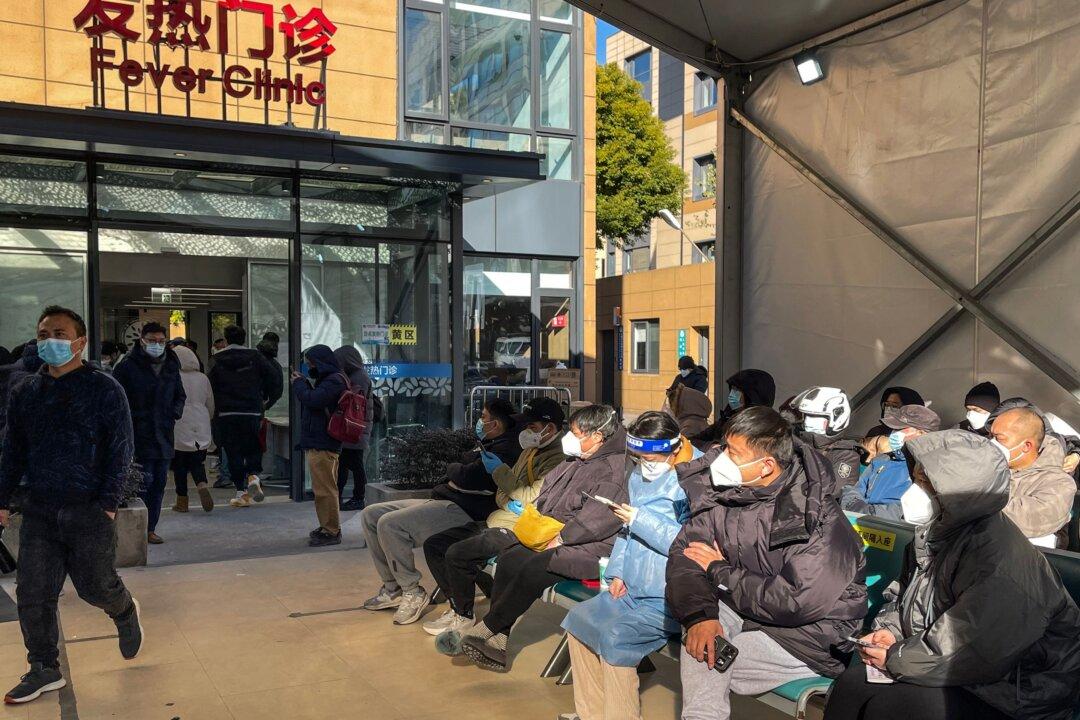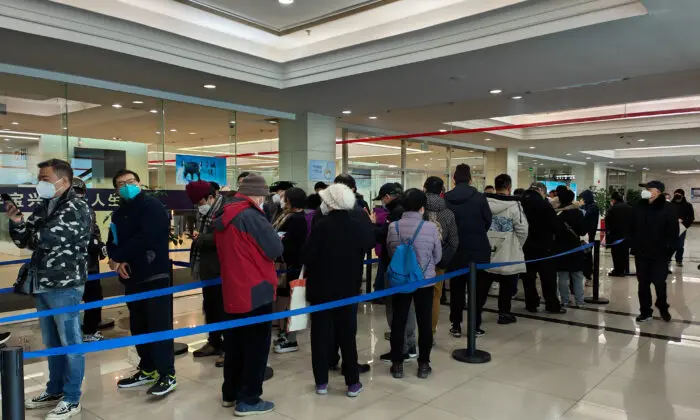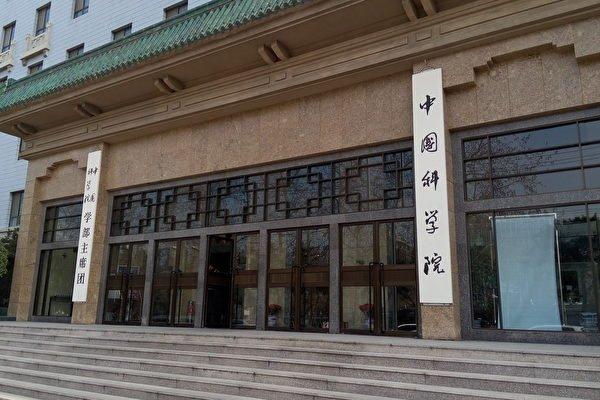The Russia-Ukraine war has shaken the global arms industry as nations bulk up defense budgets to expand their militaries.
Amid an intensified global arms race, South Korea is seeking to become one of the world’s top four weapons suppliers.
This year, the country has inked massive arms deals with the United Arab Emirates (UAE), Poland, Egypt, and others.
Successful Defense Exhibition
South Korea’s 2022 Defense and Security Expo (DX Korea) was held at the Korea International Exhibition Center in Gyeonggi Province from Sept. 21-25. The event gathered over 350 companies worldwide from 50 countries and regions, including the defense ministers and military industry officials of Slovakia, Romania, Pakistan, and Saudi Arabia.Various equipment on display included drones, fighter jets, military vehicles, remote-controlled weapons, radar systems, and assorted ground combat equipment.

Lee said countries worldwide have significantly invested in their national defense science and technology. In order for South Korea to become a leader in the global security environment, it must not only enhance its national defense and armed force but also create an impetus for economic growth by sharing its industry experience with nations worldwide.
He said South Korea would combine its cutting-edge technology with national defense while adding that the country is committed to building a robust scientific and technological army that can adapt to the evolution of the global security environment.
Largest Increase in Arms Export Market Share
South Korea is emerging as a major defense industry player driven not only by the need to counter growing military threats from North Korea but also by its ambition to become one of the world’s top arms suppliers.The report indicates that the United States, the world’s largest arms exporter, increased its arms exports by 14 percent in the period 2017-2021 compared to 2012-2016, while arms exports of Russia, the second largest weapons supplier, fell by 26 percent in the same period.
Meanwhile, the U.S.’s global share increased from 32 to 39 percent, more than double Russia’s 19 percent share.
France’s arms exports in the period 2017-2021 increased 59 percent compared to 2012-2016, accounting for 11 percent of the global share in 2017-2021, making it the world’s third-largest arms exporter.
China’s arms exports fell 31 percent in 2017-2021 compared to 2012-2016, but it remains the world’s fourth largest arms exporter with a 4.6 percent global share.
Among arms exporting nations, South Korea had the most considerable development with a 177 percent growth in export volume in 2017-2021 from 2012-2016. Its global share expanded from 1 percent in 2012-2016 to 2.8 percent in 2017-2021, making it the world’s eighth-largest arms exporter.
Series of Massive Arms Deals
A recent series of breakthrough arms deals have fueled South Korea’s ambition to become one of the world’s top weapons suppliers.In late August, Poland and South Korea sealed a $5.8 billion military deal for the supply of tanks and howitzers, according to Seoul’s arms procurement agency.

The deal was widely dubbed “the largest arms deal in South Korea’s history.” It is expected to provide Poland with around 48 FA-50 light combat fighter jets, 1,000 K2 Black Panther tanks, and 672 K9 self-propelled artillery from Hyundai Rotem, Korea Aerospace Industries (KAI), and Hanwha Defense, respectively.
The K9 Thunder—155-millimeter self-propelled howitzer—has become one of South Korea’s most exported weapons. It reportedly has a maximum range of more than 40 kilometers (24.8 miles) and is considered one of the world’s most advanced in shooting accuracy, response time, and automation.

Currently, it has been exported to some major military powers worldwide, including Australia, Turkey, India, Egypt, Poland, Finland, Norway, and Estonia.
The FA-50 light fighter is also one of South Korea’s primary exports of military equipment. It is a more heavily armed combat variant of the T-50 Golden Eagle trainer jet, a light combat aircraft developed by Korea Aerospace Industries (KAI).
The advanced combat variant contains more internal fuel capacity, enhanced avionics, and precision-based combat features.
Presently, FA-50 and T-50 series aircraft have been exported to Indonesia, the Philippines, Thailand, and other countries.
On Feb. 1, South Korea’s Defense Acquisition Program Administration announced that the country inked a $1.7 billion arms deal with Egypt. The contract would provide Egypt with K9 self-propelled howitzers and support vehicles such as K10 ammunition resupply vehicles and K11 Fire Direction Control Vehicles.
In mid-January, South Korea finalized a $3.5 billion deal with the United Arab Emirates (UAE) to export its M-SAM medium-range air defense missile systems. The two countries also pledged deeper cooperation in defense technologies.
Alternative to Expensive US-Made Weapons
In an interview with The Korea Times published on Aug. 10, Bruce Bennett, a senior defense analyst at the Rand Corporation, a U.S.-based policy think tank, said South Korea had captured the “niche” market where its weapons could thrive against more costly competitors.“They offer a niche opportunity for export to other countries that can’t afford to modernize fully with top-of-the-line weapons (which means most countries). Of course, some weapons the ROK (South Korea) is developing are top-of-the-line or close to it,” Bennett said. “The ROK has done a great job of identifying this kind of niche relative to the U.S. and European countries and filling it with lower cost ROK systems.”
Although South Korean weapons may not be the most advanced in the world, they are still competitive and up-to-date, especially when the country is constantly developing weapons for its own defense against North Korea.
“By producing and selling these weapons, the ROK brings down the price that it pays for the ROK military to acquire these weapons because the more that are made, the lower the unit cost,” Bennett said. “This was a clever strategy developed by the ROK many years ago, and it is now paying off.”
Bennett’s comment came as the massive Seoul-Warsaw deal made headlines.
South Korea May Soon Become Asia’s Largest Arms Exporter
On Aug. 29, Korea Joongang Daily published an op-ed by Raymond Pacheco Pardo, an international relations professor at King’s College London. The op-ed said the recent massive Seoul-Warsaw arms deal would consolidate South Korea’s status as “the only Asian country selling arms to NATO members.”The article added that Estonia, Norway, Turkey, the United Kingdom, and soon-to-be-member Finland have also acquired South Korean military equipment. Meanwhile, Australia, India, Indonesia, and the Philippines, as well as countries in the Middle East, North Africa, and Latin America, have also recently signed deals with Seoul.
These deals have “propelled South Korea to the Top Ten List of arms exporters in the world,” Pardo said.
Pardo said a primary reason for South Korea’s quick rise as a major weapons supplier is because of its “non-threatening and non-polarizing” image—unlike Russia and China, two of the largest arms exporters, which have seen their share of arms exports plummet to new lows in recent years.
He added South Korea could soon become Asia’s largest arms exporter, surpassing China, and that it can “thank Beijing for making itself a less attractive partner for third countries who do not trust the Chinese government.”
The article pointed out that South Korea also benefited from its close military alliance with the United States as its weapons systems “include U.S. technology more often than not.” Although it may not be the latest or state-of-the-art, it is certainly sophisticated enough to help enhance the system’s quality.
Pardo added that South Korean firms are even willing to include technology transfers in their arms deals, giving them a comparative advantage over other arms suppliers.




